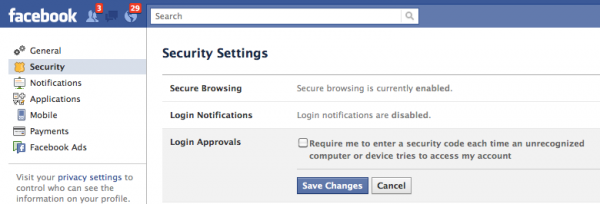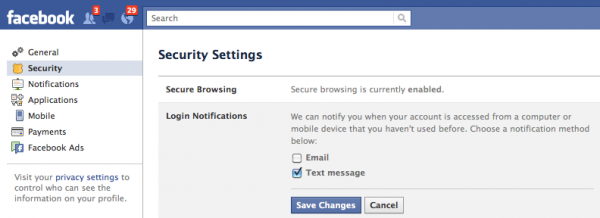Android........
Has been the best o.s in the history of this world, which is designed primarily for touchscreen mobiles and tablets. With a number of updates released frequently and an user friendly interface, this stands as an undefeated champion in the mobile O.S.
The newest release of it is kitkat (v4.4)
| Version | Code name | Release date | API level | Distribution |
|---|---|---|---|---|
| 4.4 | KitKat | TBA | TBA | 0% |
| 4.3 | Jelly Bean | July 24, 2013 | 18 | 1.5% |
| 4.2.x | Jelly Bean | November 13, 2012 | 17 | 10.6% |
| 4.1.x | Jelly Bean | July 9, 2012 | 16 | 36.5% |
| 4.0.3–4.0.4 | Ice Cream Sandwich | December 16, 2011 | 15 | 20.6% |
| 3.2 | Honeycomb | July 15, 2011 | 13 | 0.1% |
| 3.1 | Honeycomb | May 10, 2011 | 12 | 0% |
| 2.3.3–2.3.7 | Gingerbread | February 9, 2011 | 10 | 28.5% |
| 2.3–2.3.2 | Gingerbread | December 6, 2010 | 9 | 0% |
| 2.2 | Froyo | May 20, 2010 | 8 | 2.2% |
| 2.0–2.1 | Eclair | October 26, 2009 | 7 | 0% |
| 1.6 | Donut | September 15, 2009 | 4 | 0% |
| 1.5 | Cupcake | April 30, 2009 | 3 | 0% |
As shown above, the usage of android was at the peak to the recent one jellybean, which had a mammoth 49% distribution.
EXPECTED FEATURE OF V4.4:
☀ Transparent notification
☀ Transparent navigation bar
☀ Ability to add more homescreen panes
☀ New boot animation
☀ Google photos
☀ Usage of Camera without an unlock
☀ Improved user interface and much more.
Thus the kitkat is going to be a killer in the series of android and when it's out, it'll be like a BANG in the mobile o.s market with spilled out features.
VERDICT:
Android V4.4 is worth the wait. ☺
statistics from:wikipedia.com























